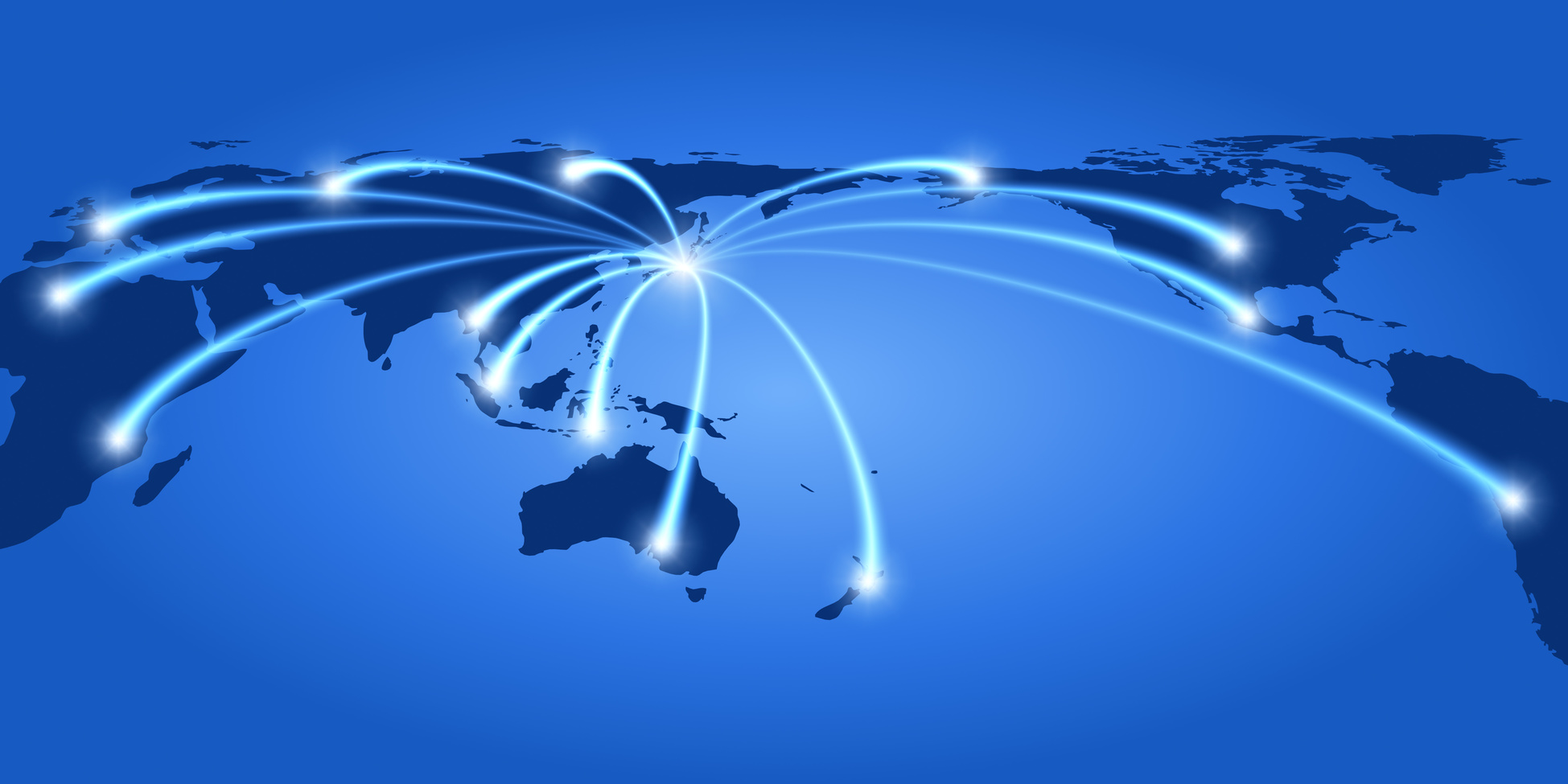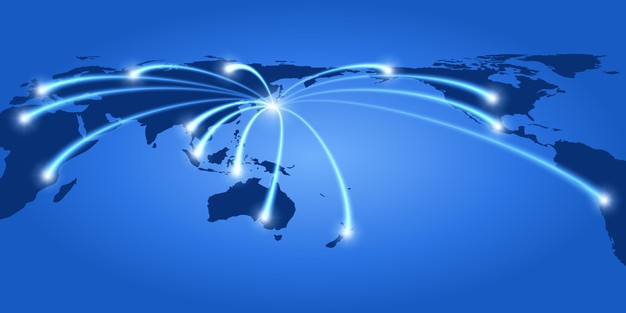

Global e-commerce is growing rapidly and the competition is fierce.
But that doesn’t mean you can’t take your e-commerce business global and drastically increase your company’s revenue.
In 2017, there are more opportunities to expand your e-commerce business for global distribution than ever before because customers are everywhere.
And as technology develops, so do the chances of your success.
So if you are thinking of expanding your business to international markets, now is the perfect time.
Here’s what you need to implement to level up your e-commerce business for global distribution to get and stay ahead of the curve.
1.Implement the right global distribution marketing strategy
The key to success is to develop an effective e-commerce marketing strategy or to have the right partners to help you do it.
It’s essential to begin planning immediately, to not only get a big picture of what you need to do to succeed but to focus on your strategic development plan.
Things you need to keep in mind include warehousing, marketplace fulfillment, e-commerce fulfillment and order fulfillment.
You also need to track your progress through analytics, digital marketing, and search engine optimization.
2. International language: Ensure your website is ready for global distribution
The first introduction your prospects have is with the text on your website.
With content marketing being all the rage, it’s essential that your words appeal to your international customer.
Having a good translation solution is a necessity to improve global distribution.
Have your web developer use hreflang tags for your site and set up your site for international languages.
You can have separate URLs for each country to hone your global distribution marketing to that country’s audience.
But sometimes that can use up more resources, so if it’s not possible for you to own separate URLs, you can have your web developer set up separate folders with the country’s extension at the end of the folder name.
Your web developer can advise you more on this.
3. Evaluate your product for global markets
Is your product good for global distribution? This is an important question to ask and answer for business.
Before you decide on taking the leap, evaluate your product to know if it’s a good fit for the international e-commerce market.
One of the basics to consider is supply and demand. Is there a large demand worldwide for your product?
If your answer is yes, you’re ready to level up for global distribution.
4. “Glocalization”: Adapt your marketing strategy around local global markets
To be successful at global distribution, you need to also think on a local and regional level.
Know who you are marketing to and be aware of their shopping experience.
You might have to tweak your strategies to suit the region you are targeting base on their culture and shopping preferences.
The strategy that entices corporations in Hong Kong might not work for consumers in a small town in Africa.
Taking a little extra time to get to know your audience’s buying behavior will have a huge impact on your business and youe-commercece company’s revenue.
5. Comply with local tax regulations
No matter where your home base is, you’ll need to know about local tax regulations in the countries where you do business.
It’s a good idea to speak with an accountant who knows international tax law or to work with a partner who can offer this service.
This will protect your ecommerce business if you are audited.
Ecommerce taxes on export compliance and other tax related issues can be confusing so if you haven’t done this before, make sure you have a professional who can advise you.
5. Create a smart pricing strategy
Make sure to research the prices paid for the items you sell in your global distribtution strategy. You want your prices to be competitive, but not give your product away.
Know the currency and currency sign of the countries you sell to. You’ll need to list the currencies through your website translation strategy.
India’s currency is the rupee. The United States has the U.S. dollar. China’s currency is the yen, and if you sell to the U.K. you’ll need to list your prices by the British pound.
6. Know the current developing ecommerce trends
One-click checkouts
In ecommerce, mobile rules. Most people buy products from a mobile device. This can be a smartphone, tablet or a laptop.
With the evolution of mobile technology, one-click checkout shopping is predicted to be one of the biggest ecommerce trends.
What makes it all the rage is its ability to keep track of consumer purchases and recommend other related products.
Online coupons
Another popular trending driving mobile technology is online couponing. You can see the growth year by year on this chart.
As consumers seek to save money, the benefit of online coupons helps them by more affordable products when shopping online that are better savings they can find in brick and mortar stores.
Keep this in mind in your global distribution strategy, whether you put callouts on your website, use PPC advertising or another way to advertise your deals and discounted merchandise.
Subscription-based services
You’ve seen them everywhere from Dollar Shave Club, a razor company that started out with nothing and grew to a billion dollar business to the cloud to software as a service (SaaS) technologies.
These subscription-based products and services help consumers and companies free up space on computers, help them backup their data, and they also companies cut business infrastructure costs.
7. Global distribution goes far beyond Amazon Vendors
As a final word, there are more ways to generate income than the Amazon Vendor Program. In fact, ecommerce businesses using the program are leaving money on the table. Wouldn’t you rather keep the fee you pay Amazon?
Do you have a tip or strategy on global distribution that has helped you grow your ecommerce business?
Leave it in the comment section. We’d love to hear from you.
Our company helps ecommerce brands list, sell and fulfil direct to consumer orders globally faster and efficiently. We specialize in ecommerce fulfillment warehousing, marketplace fulfillment, order fulfillment, marketplace sales and multi-channel fulfillment solutions. Contact us today and start doing business globally.

